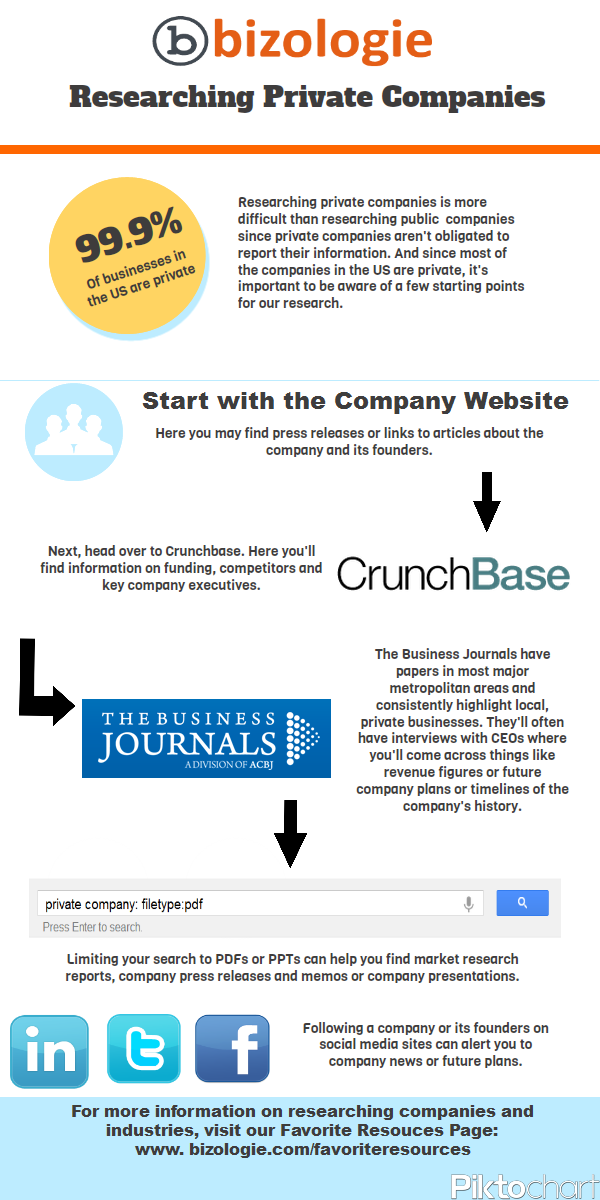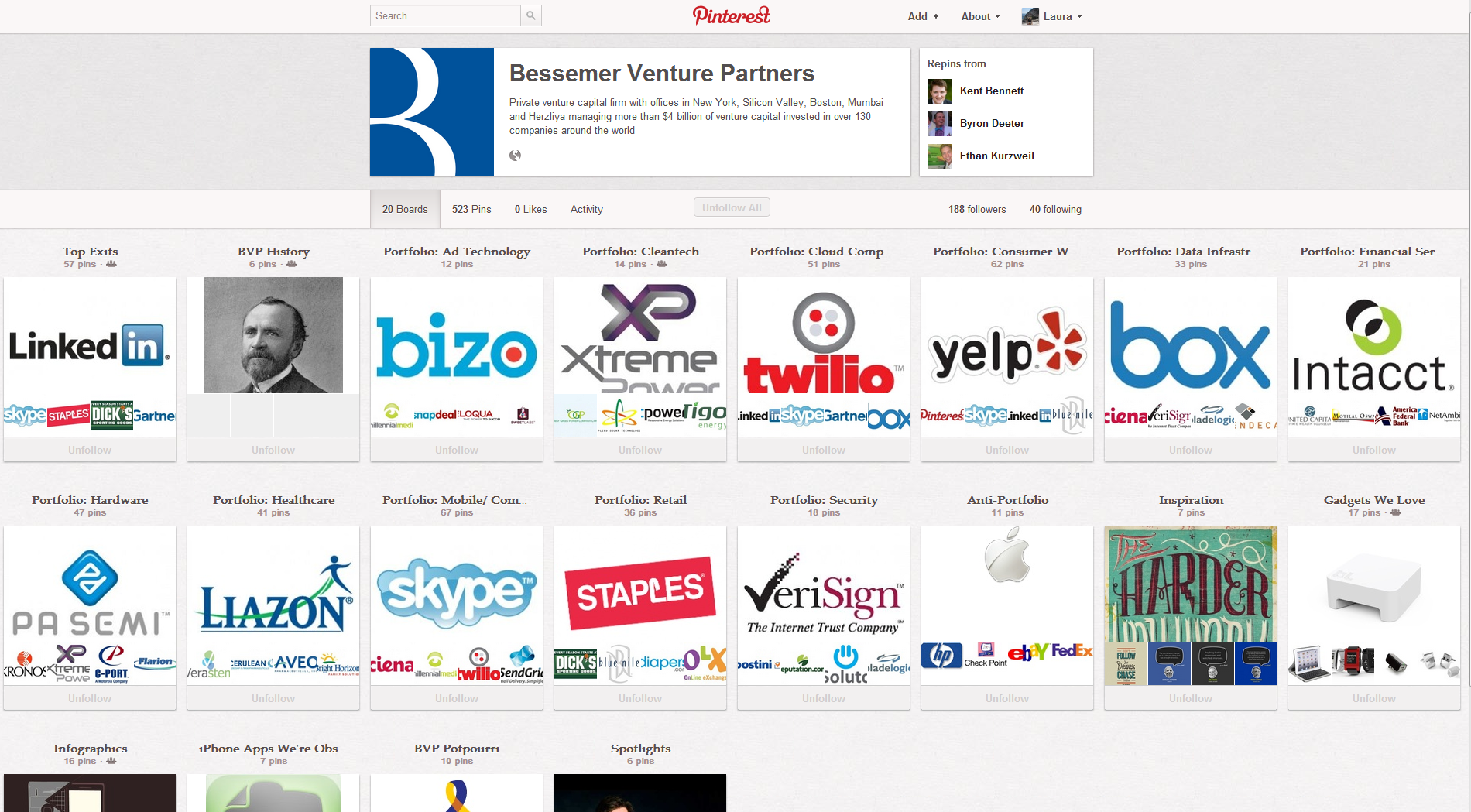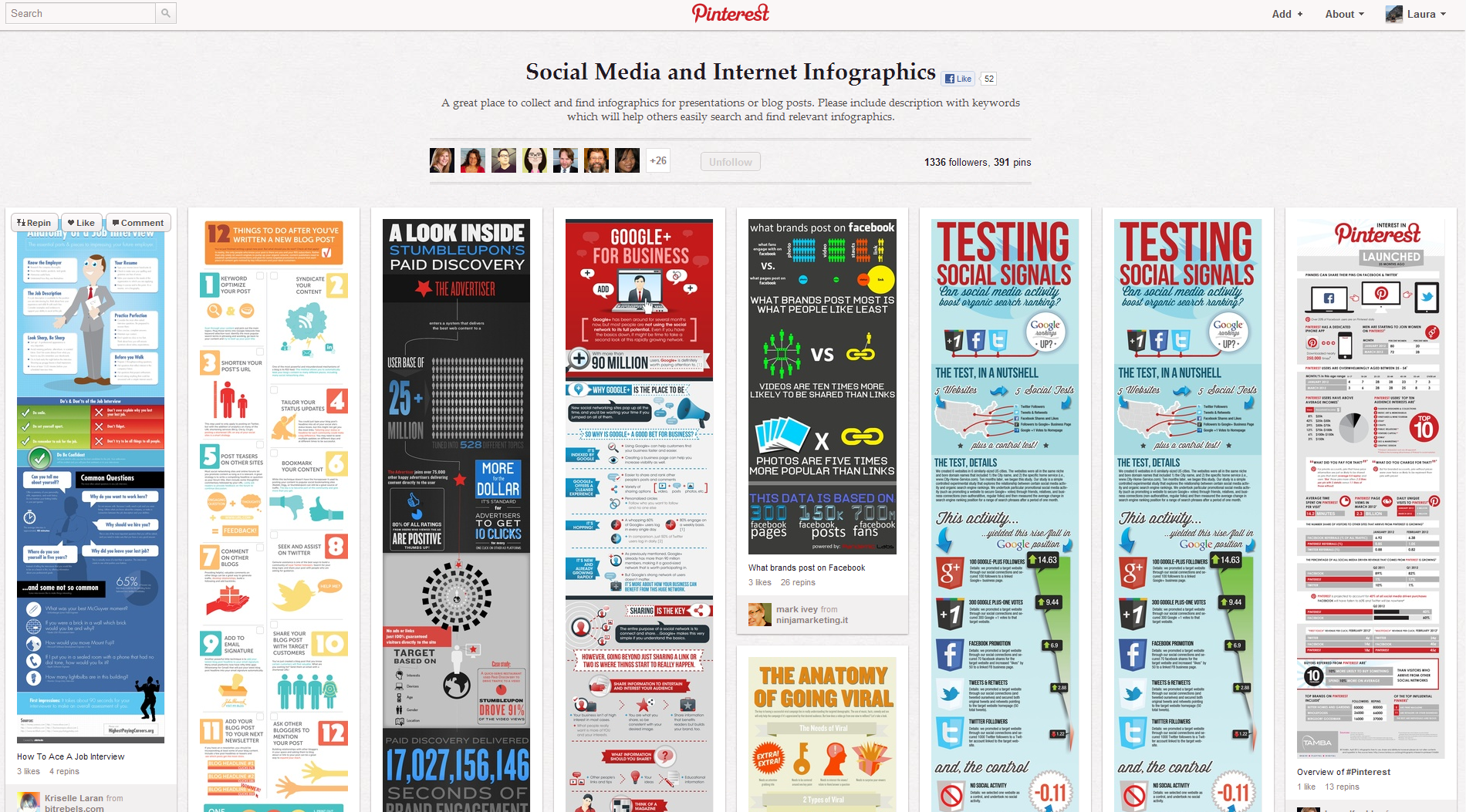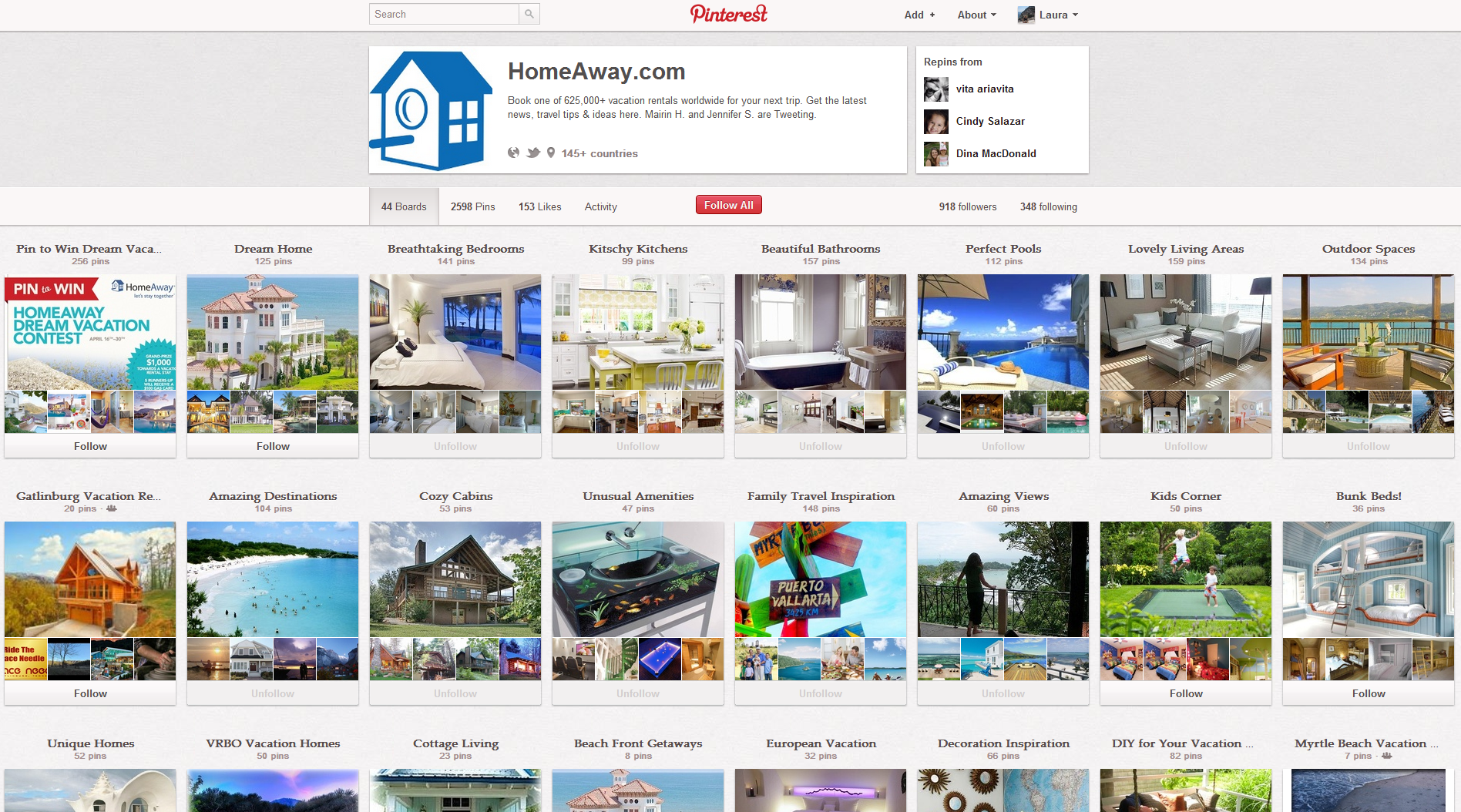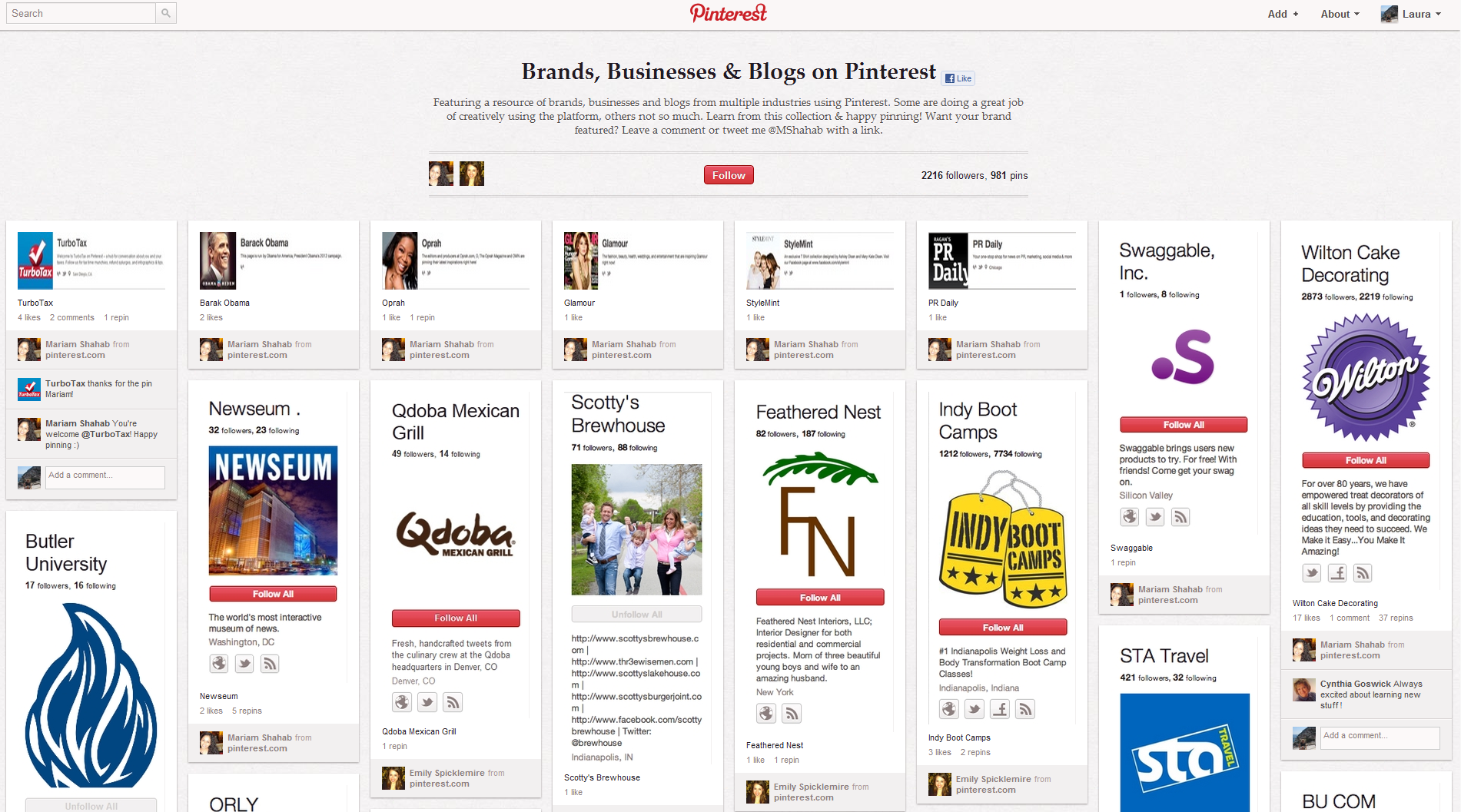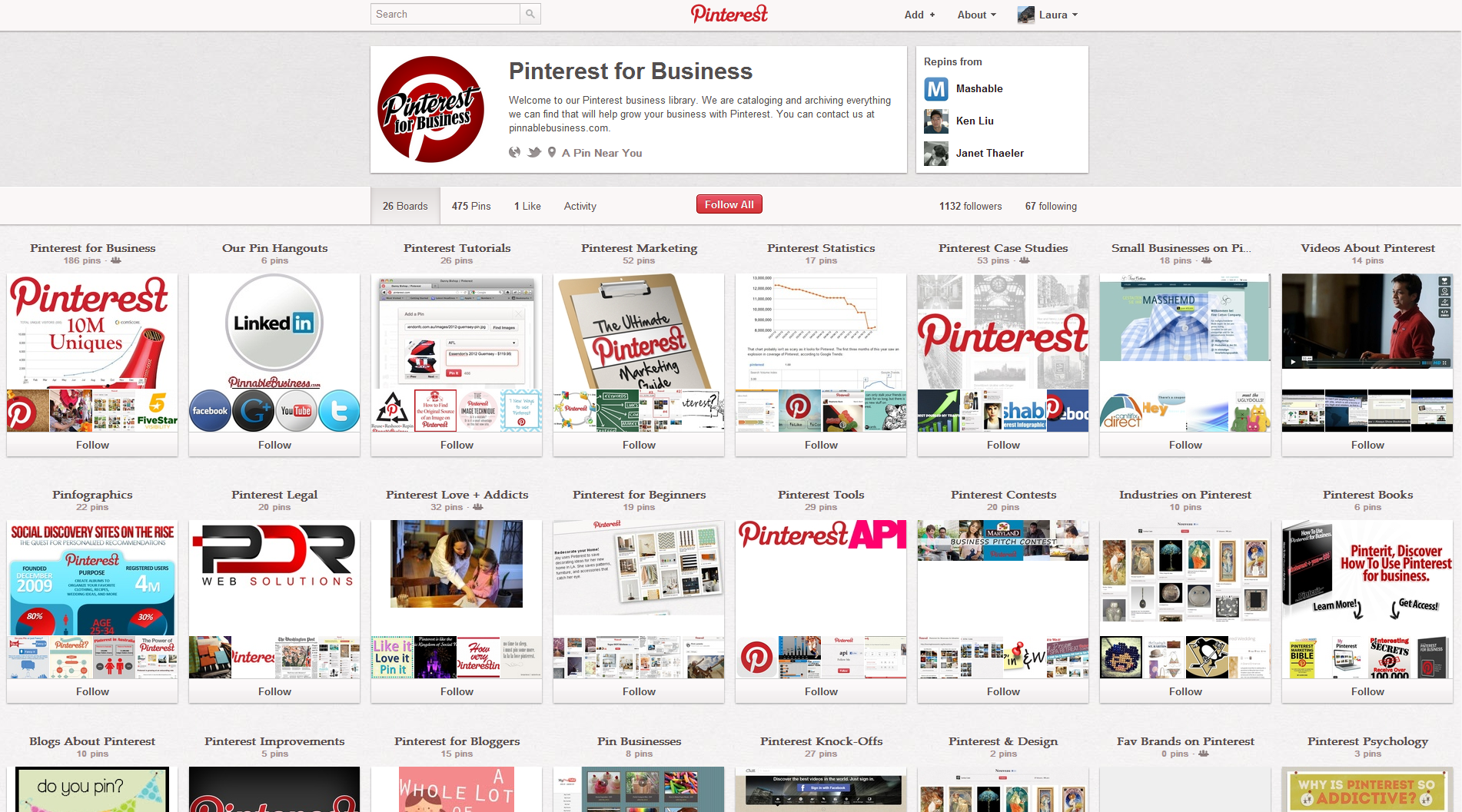Investor presentations hold a wealth of information, including specific energy metrics not found (or easily found) elsewhere in public documents or filings. Examples for an exploration and production company might include their area of operation, how much acreage the company has, the number of rigs it currently operates and what their net recoverable resources are. It might also have well economic data, for example, metrics like IP rates (initial production) or EURs (estimated ultimate recovery). If the company is currently operating in the Eagle Ford in South Texas, it might break down its production by oil, natural gas or natural gas liquids. A marine vessel operator for offshore construction projects might list all of its vessels, and an oilfield services company that manufactures ceramic and resin proppants might show how their products help improve recovery in the shales.
Investor presentations are generally found on the company’s website, under “Investor Relations”. Sometimes, investor presentations are also filed with the US Securities and Exchange Commission, and may be accompanied by a press release (usually an 8K filing).
A few years ago, Petroleum Listing Service (PLS) in Houston introduced a new database called docFinder which collects and stores investor presentations. I believe at last count, they were almost at the one million mark! It’s important to note that at one time, energy companies would keep most of their presentations available on their website indefinitely but lately, it seems, they don’t keep nearly as many or for very long. That’s one advantage of having a database like docFinder. Another advantage is that if a company is acquired, like when Brigham Exploration was acquired by Statoil in October 2011, all of Brigham’s presentations went away once the deal was completed. Luckily, docFinder has all of Brigham Exploration’s presentations in its database, so notwithstanding the acquisition of the company, the presentations are still available in case historical research needs to be performed.


 and
and  .
.